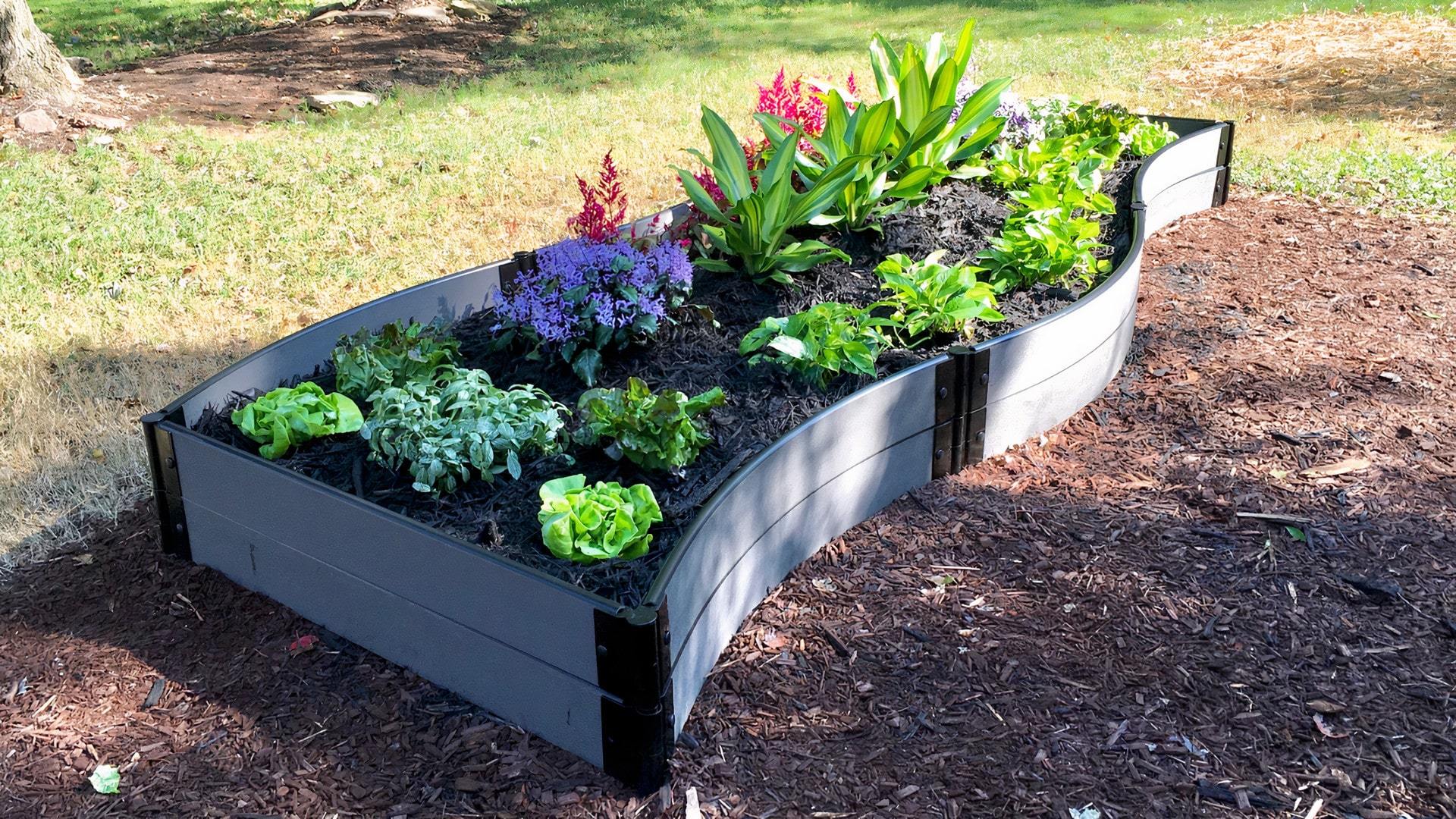starzbet11
31 posts
Nov 06, 2025
4:10 AM

|

Creating well-defined garden borders and edging is certainly one of the most effective ways to transform your outdoor space from ordinary to professional-looking. A garden border not only separates different areas, such as flower beds, lawns, and pathways, but in addition enhances the general design flow. Professional landscapers emphasize that borders bring structure and order to a garden, allowing each section to stand out beautifully. They create a visual frame that highlights plants, reduces the spread of grass into garden beds, and makes maintenance easier. The main element is to design edging that complements the type of your garden—whether you're opting for a rustic, modern, or natural aesthetic. By selecting the right materials and layout, you can achieve a polished, cohesive look that feels both functional and elegant.
When planning your garden borders, look at the material that best suits your landscaping needs and climate. Popular choices include stone, brick, metal, concrete, and wood. Natural stone supplies a timeless appeal and blends seamlessly with greenery, while brick and concrete provide clean, structured lines that work nicely in formal gardens. Metal edging, often manufactured from steel or aluminum, offers durability and minimal maintenance, great for modern landscapes. Wood edging, on the other hand, brings warmth and texture but may require more upkeep to stop decay. Experts recommend choosing materials that balance longevity, aesthetics, and budget. The installation process must also include proper groundwork—digging an even trench, compacting the soil, and ensuring the edging is securely anchored to stop shifting over time.
A vital facet of professional landscaping tips for garden edging involves blending functionality with design. Probably the most successful borders do more than simply divide spaces—in addition they direct movement, guide the eye, and emphasize focal points. Like, edging can highlight a pathway, surround an outdoor, or frame a vegetable patch to create distinct areas of interest. To elevate the look, professionals often incorporate curves rather than rigid straight lines, adding softness and an all natural flow to the landscape. Curved borders mimic the organic shapes present in nature, giving gardens a more stimulating and inviting appearance. The height and thickness of the edging should also be viewed; taller borders can contain raised beds, while low-profile edges subtly define lawns and planting zones border landscape.
Maintenance is another critical part of professional garden border management. Clean, crisp edges instantly make any landscape look well cared for. Over time, soil erosion, weeds, and shifting materials can disrupt the appearance of borders. Regular trimming, re-leveling, and weed control help maintain sharp lines and neat divisions. Professionals also suggest installing landscape fabric beneath certain kinds of edging to prevent weed growth and improve durability. Seasonal maintenance, such as for example reapplying mulch or refreshing gravel along the edges, keeps the garden vibrant and tidy year-round. With consistent attention, even the simplest garden border can maintain its beauty for years.
|